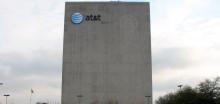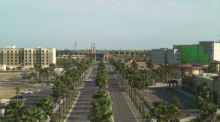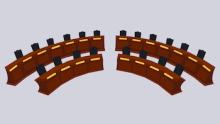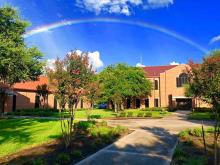Kaysville, Denver, Chicago, Among Cities Voting on Broadband
In the fall of 2019, when the Kaysville City Council was poised to move forward on a $26 million, 30-year bond to build a municipal-owned fiber optic network, the COVID-19 pandemic had not yet turned life upside down.
Although city officials and advisors had spent 18 months thoroughly exploring options in a planning process City Councilwoman Michelle Barber called “one of the most vetted and open projects that we’ve worked on,” a group known as the Coalition for Responsible Kaysville Fiber created enough pushback to convince the City Council to shelve the plan and defer to a citizen-led ballot initiative.
On Tuesday, Nov. 3, Kaysville voters, in this city of approximately 32,000, will not only cast their ballots in the Presidential election, they will also be asked if they want the city to move forward with Kaysville Fiber. If the ballot initiative passes, it will allow the city to deploy a Fiber-To-The-Home (FTTH) network.
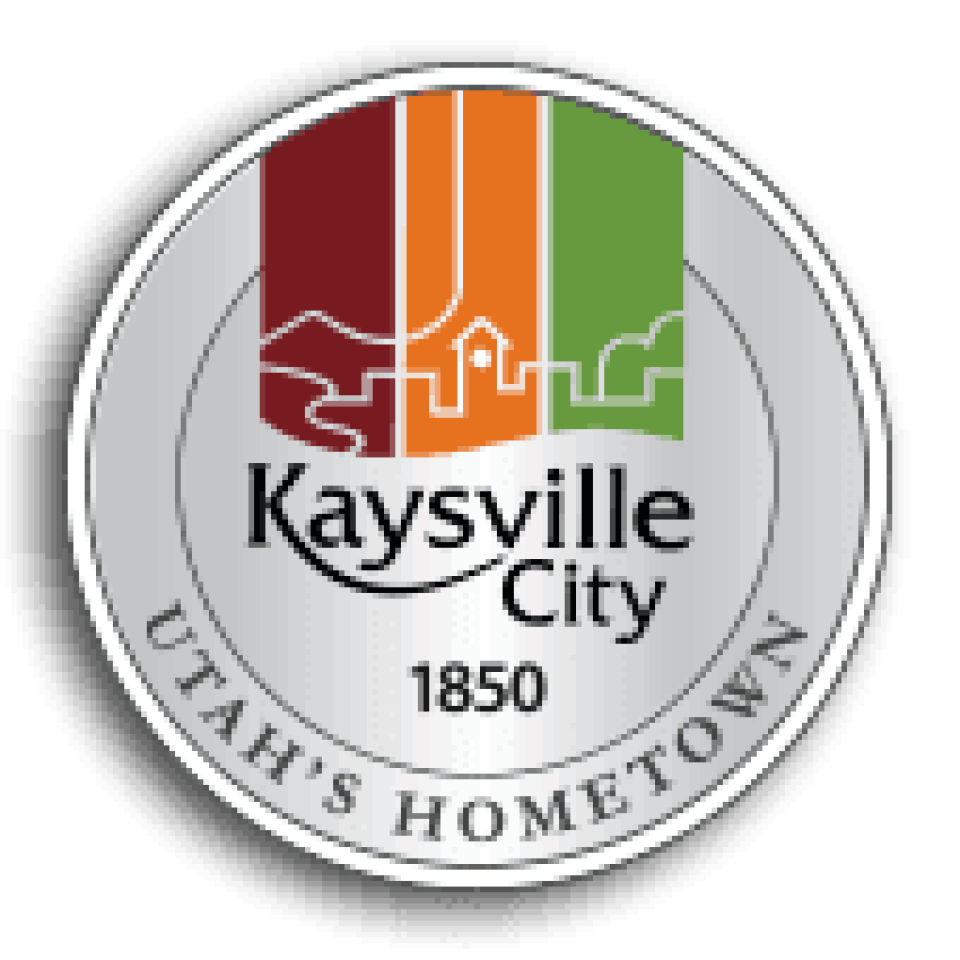
Currently, Comcast and CenturyLink are the Internet Service Providers (ISP) for most of Kaysville with some areas near the city relying on satellite Internet access. As has been the case in hundreds of communities across the nation that have built out fiber networks, Kaysville city leaders are looking to build a “last mile” fiber network to lower prices and improve services by creating an environment for increased competition.
Proponents are hoping the new “normal” in the face of the on-going pandemic — with the massive rise in virtual classrooms, remote work from home, telemedicine, and online commerce — will help voters see Kaysville Fiber as necessary infrastructure.



